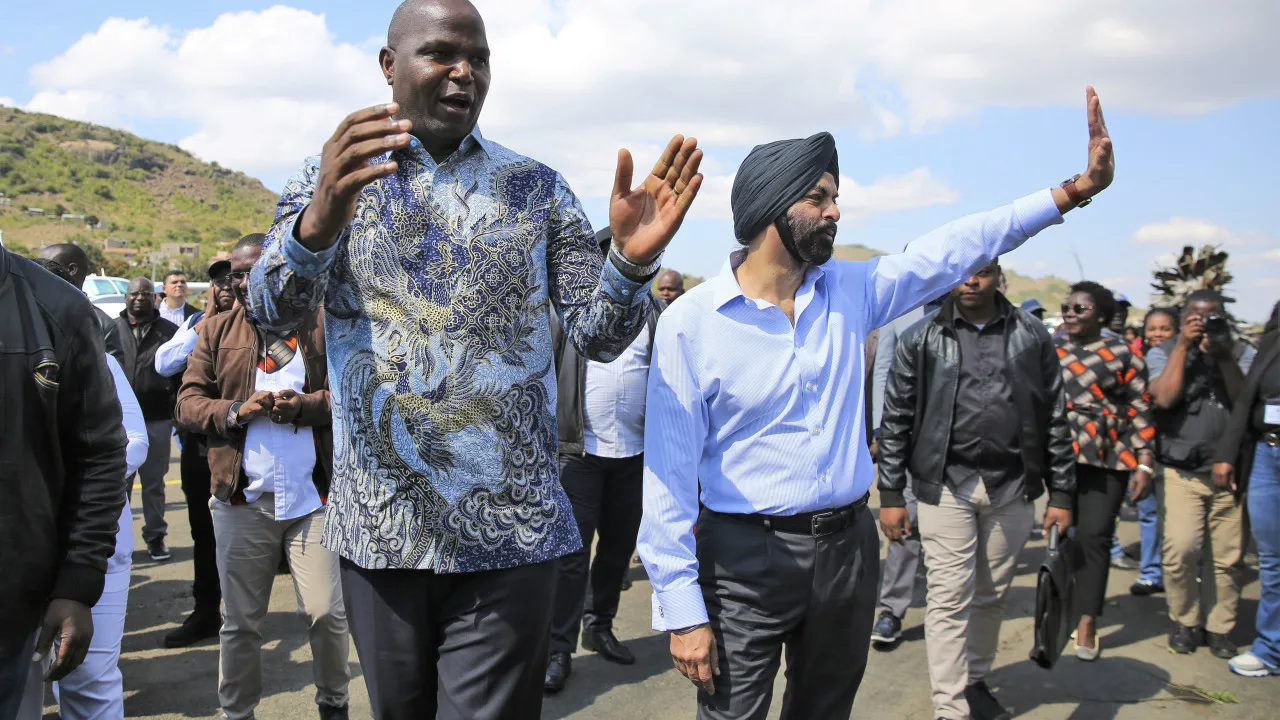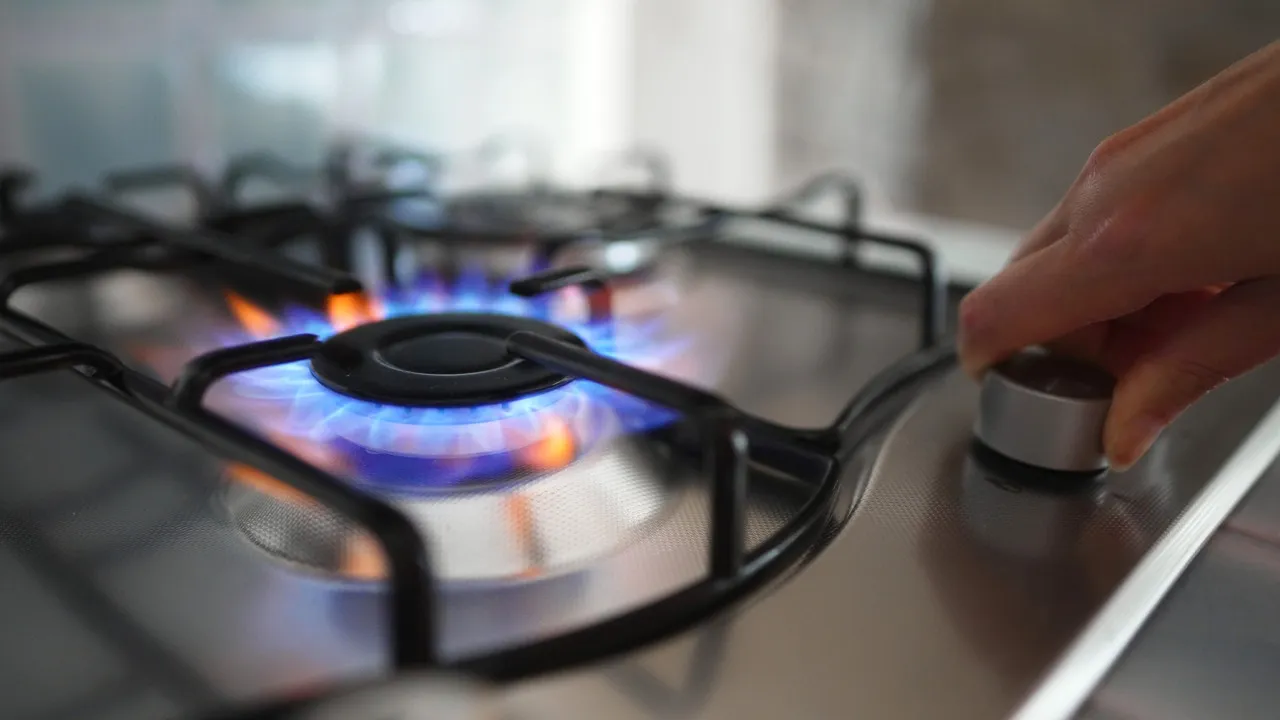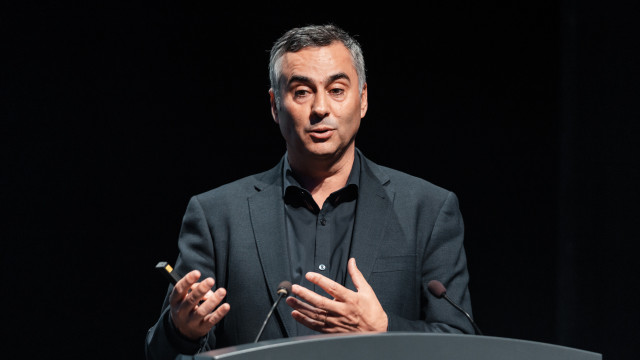
“In this country, they have everything to create the right type of energy and transmission capacity. Frankly, in this part of Africa, no one has the capability to do what can be done with the assets of this country,” said Ajay Banga, speaking to journalists after visiting the Cahora Bassa Hydroelectric Plant (HCB).
Located in the province of Tete, with a capacity of 2,075 MW and one of the largest on the continent, the dam was the starting point of the World Bank President’s first visit to Mozambique, lasting two days and at the invitation of Mozambican President, Daniel Chapo.
“He has some priorities that we share. One of them is energy. He is very interested in using Mozambique’s assets, which include hydroelectric power, natural gas, solar power, the sun, the wind,” Banga acknowledged, addressing Chapo, who reiterated his desire to see the country become an “energy distribution hub” in southern Africa.
In joint statements with the World Bank President, Daniel Chapo reminded that natural gas — Mozambique has some of the largest reserves in Africa — is already an important source of energy production, bolstered by the ongoing construction of new power plants.
“We want to produce energy not only from hydroelectric sources, but also, as you know, Mozambique has gas. We are already producing energy through gas, we have several projects currently in the pipeline and others already underway,” Chapo assured, making an appeal to the World Bank President: “You can come invest in this entire energy matrix.”
Ajay Banga assured Chapo of the World Bank’s and its agencies’ readiness to support various ongoing energy projects, such as enhancing production at Cahora Bassa with the northern plant of the hydroelectric station — to be completed by 2032 — and a solar park (400 MW), or the new Mphanda Nkuwa dam, featuring 1,500 MW, to be completed by 2031, valued at 4.5 billion euros, also on the Zambezi River, an area he had recently flown over with the Mozambican President.
“We are discussing with the Government of Mozambique the idea of investing in another 1,500 MW downstream here, a cascading project. Meanwhile, we are also investing in solar capacity, 400 MW,” he emphasized, admitting there are other projects in the sector “even more interesting” in the country.
“Looking at a 10-year frame of this President’s thinking, which I share, the goal is to make Mozambique an energy powerhouse and turn it into the energy ‘back office’ [center] of the southern part of Africa. I believe this is a real opportunity and something we should work on together,” Ajay Banga noted.
This process, he said, should involve “public-private partnerships,” thus ensuring the support of various World Bank agencies from financing to technical issues.
“I think all of this together is like an orchestra playing good music. It takes many instruments for the music to work. And I think that is the partnership we are discussing. It is not the only thing we will do with Mozambique, but it is probably the most important,” emphasized the World Bank President.
He added that in Mozambique “there are opportunities” in tourism, economic corridors “and youth qualification,” making it a country endowed with assets: “And if we can get these young people into productive occupations, hope and optimism, I think we will have a great future for this country.”
Chapo emphasized that Mozambique wants to focus its relationship with the World Bank on “four main areas,” such as tourism, to “catapult” its potential, agriculture, mineral resources and energy, and also infrastructure, specifically the development of the three transport corridors linking the ports to the interior and the border with neighboring countries.
The HCB is a private joint-stock company, owned 85% by the state-owned Electric Company of Zambeze and 7.5% by the Portuguese company Redes Energéticas Nacionais (REN), with the company holding 3.5% of its own shares.
The dam was built during the Portuguese colonial period, and its reservoir is the fourth largest in Africa, with a maximum extension of 270 kilometers in length and 30 kilometers between banks, covering 2,700 square kilometers and having an average depth of 26 meters, also supplying neighboring countries.




